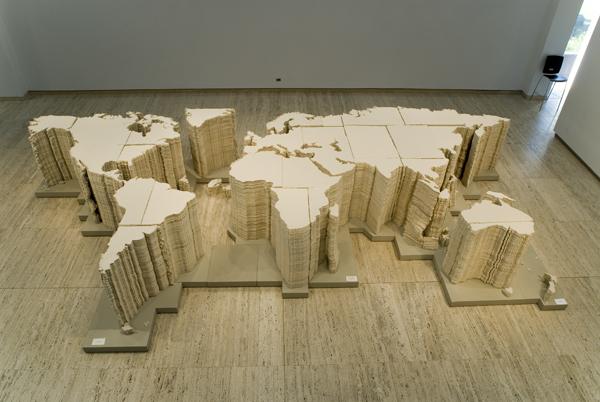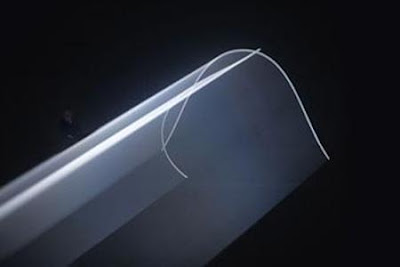I undid the garment and went in/I opened the door and wore the room. I undid its buttons like the turning of a door-handle. As I pulled it open and heard the sides of it touching fabric separate. I put my left arm through the door, its archway moving up and over my shoulder like a sleeve-head. I put might right arm through the door way, as I pulled my wrist through the threshold of the door, I jolted it over the threshold of outside through to inside with extra force, so as to push through the tightness of the ribbing. I shut the door, doing up all its buttons. I pulled its wall down, so it lay straight along my back and over my hips.
I looked around the room. At the edges of where each walls met I could see seam lines. Not all walls are finished like this, some are lined. Along the bottom of these walls, where they meet the floor, you will see a pleat, an allowance of lining before they are sewn to the carpet. The walls of this room have overlocked edges with 2 cm of seam allowance fabric pressed open into each corner.
Its pretty dark. The two smaller windows of the room are covered with pocket bags, there frames are jets. I can see a big 12 sided disc in one - its my change from the bus ticket this morning. In the other one if a big crumpled up ball. As I feel it through the pocket bags, its a bit furry, probably a tissue that went through the wash. One window isn't covered. Its open. Its framed with a collar. I unfolded it, so it travels straight up from the collar stand. Trying to keep my neck warm. I grab my scarf and wrap it around the frames edge. Now I’m warmer. I lift my hood up over the chimney, warmer still. I unbuttoned the door again, and pulled the two walls either side of it tight around me. The room it snug against me, the seams of its corners and edged are pulled tight, some of them separating slightly revealing gaps between each stitch point.
I loosen my pulling of the walls around me and let them slacken. The room now hangs off me. I start to see some rippling in its surface, the light from the collared window picking up and allowing me to see the surface and depth of its folds. Someone once told me, “If inwardness manifests itself outwardly, then surfaces are always signs, forms of the substance of reality,” he also said to me “thus the truth of every surface is found in its depth, the significance of outwardness is discovered in inwardness.” It hard to know what part of my body is underneath these folds. If I could get outside myself i’d know, I would be able to see wear I was whereing. Its hard to know what is rooming under there. I don’t know what it’s covering and hiding.








































